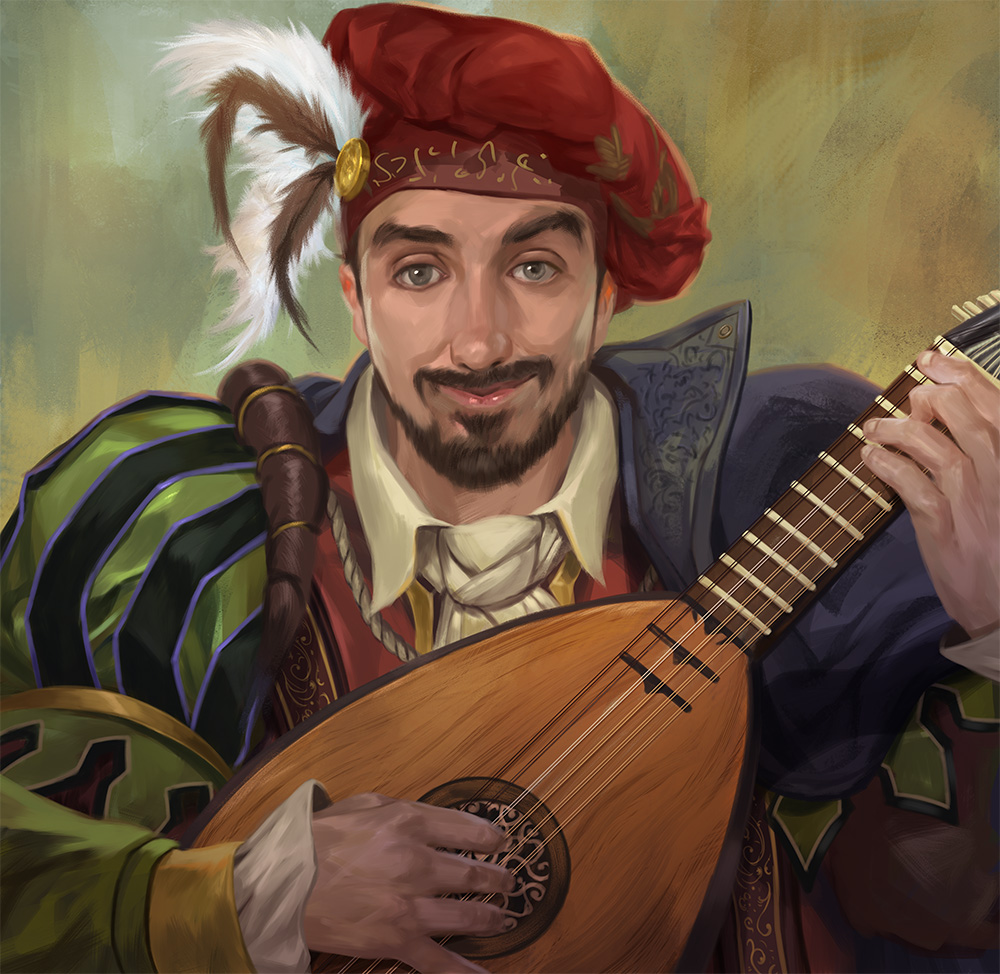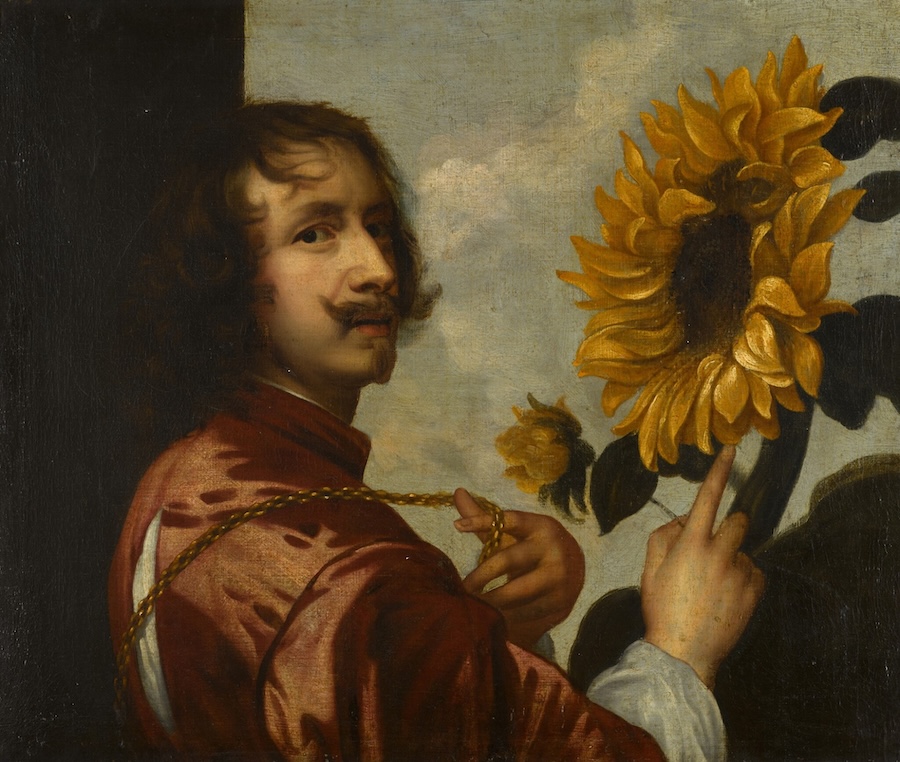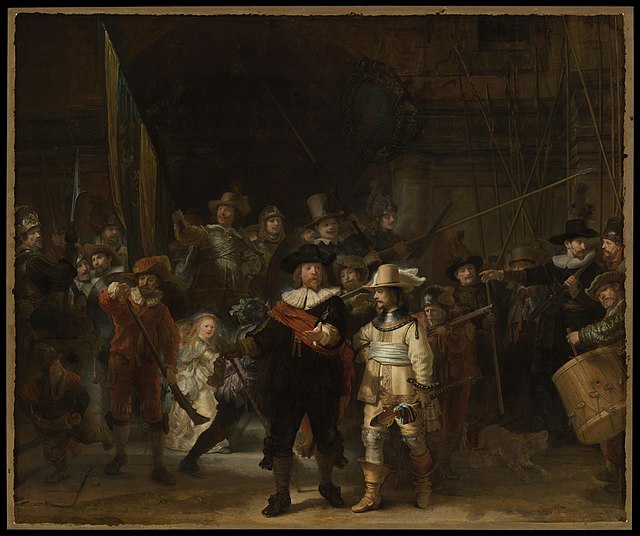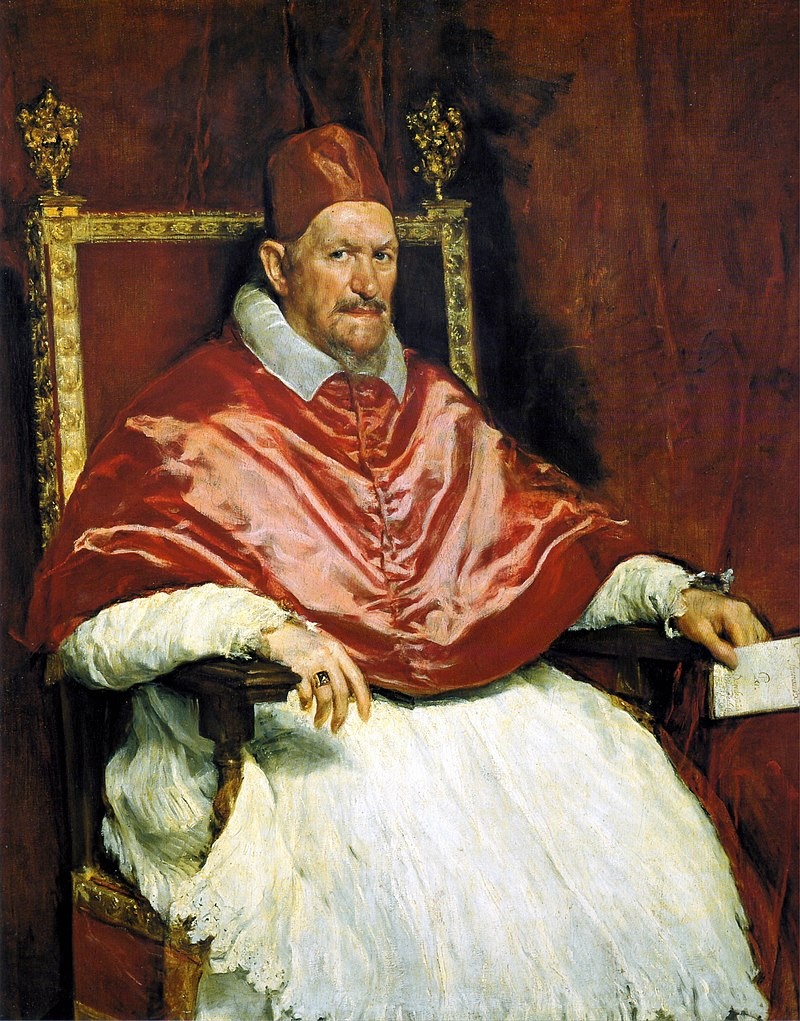Bearded History: Beards of the Baroque

 Joe Nightingale, MBBS, MSc
Joe Nightingale, MBBS, MSc

Beards are a sign of the times. A symbol of the fashions and cultures of an era. Who can forget the chin-curtain of old Abe Lincoln, or today, the finely trimmed full-beards of hipsters? Artists have spent lifetimes capturing these trends: men's bearded faces hard at work or play, in victory or retreat. A few famous painters have even set their own trends.

In no era was this truer than in the Baroque
Beginning in the early 17th century, the Baroque defines the ornate and exuberate artistic styles that swept across Europe until the 1700s. Think gold and marble, intricate detailing, and classical imagery. While the Protestants of Northern Europe embraced the aesthetics of simplicity and austerity, down south, the Catholics were living it up, celebrating life in all its vivacious vitality.
To adventure through the bold and brash beards of the Baroque, here are five definitive paintings you need to know.
Self-Portrait with a Sunflower – Anthony van Dyck (after 1633)

Few painters had as big an influence on beardcraft as the Flemish Baroque painter. Indeed, he inspired a whole new style of beard: the Van Dyke; one which we'll see throughout the following paintings. His flair of handlebar mustache and pointed beard captured an era. Refined but flamboyant, he embodied a more serious Dali.
In his Self-Portrait with a Sunflower, van Dyck's beard can be seen on full display. With a mane of bushy, curled hair, he cuts a striking figure. A man of elegant taste. Little wonder the English court painter proved the style guru of the century.
The Night Watch – Rembrandt van Rijn (1642)

Another legendary Dutch artist – indeed, this was the century of Dutch power – Rembrandt captured the Van Dyke in all its glory. In his greatest painting, a vast 11.91 ft by 14.34 ft masterpiece – the Night Watch, is shown parading purposefully through the city. And in full view: their magnificent coiffured beards: chins pointed; mustache twirled.
It's a testament to the Dutch Golden age and the perfect painting for beard lovers everywhere.
The Return of the Prodigal Son – Rembrandt van Rijn (1669)

Not all the beards of the era were as dandyish as the Van Dyke. In his later paintings, Rembrandt returned to biblical scenes, as depicted here. The beard of the father is broad and bushy: grayed by the passage of time. He has waited long for his son's return. Amongst this parable of forgiveness, the beard offers a somber reminder that lost years are gone forever.
Portrait of Innocent X – Diego Velazquez (1650)

Rarely is the Spanish master mentioned amongst the public. But there can be doubt about his skill in this painting of a rather stern-looking Pope, resplendent in his regalia. Yet, amongst the finery, something is off. Framing Innocent X's chin is a smattering of hairs, his upper lip like the first growth of an angsty teenage boy. It presents a strange picture. Here is a man of severe ruthlessness. He has little time for personal vanity; he is here for Catholic dominance.
Still, Innocent X was pleased, exclaiming "Troppo vero!" (All too true!) at the finished piece. Today, the painting is widely considered one of the finest portraits ever created. We agree!
Laughing Cavalier – Frans Hals (1624)

Described as "one of the most brilliant of all Baroque portraits”. That’s hard to deny: this rosy-cheeked renegade captures the spirit of the age. No more so than his fantastical mustache, which curves to form a perfect crescent. Finished with a tuft of chin hair and bare cheeks, the figure is at once enigmatic but jovial.
If you're looking for a guide on how to grow a Van Dyke, look no further. The Laughing Cavalier is the example par excellence.

No comments yet…